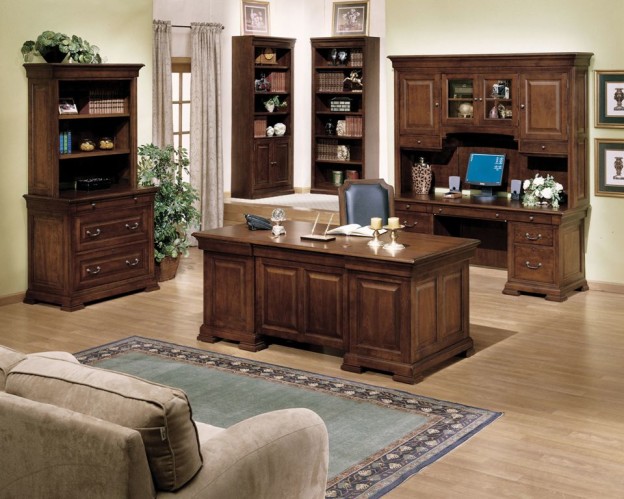What is the difference between retro and vintage?
The term retro refers to new objects that are reminiscent of the past (whether imitating techniques, materials, etc.). It is quite common, the incorrect use of the term “retro style” to speak of a style created in the past. The retro style is always a style created in the present, which uses new objects but wants to imitate or refer to a recent past (15-20 years ago). The most common is that this style focuses on relatively recent products, fashions, and artistic styles; produced from the Industrial Revolution. From a philosophical point of view, the word retro implies a point of irony and is related to the concept of “nostalgia not sentimental”. That is, retro describes the desire to capture something from the past and evokes nostalgia full of dissatisfaction with the present that causes a certain cynicism.
It is increasingly common to combine several styles or decades in the same environment. Sometimes it is enough to place a retro object, be it a chair, a lamp or a simple pencil sharpener, to break with the dynamics of the space and give a modern touch. Although it is incorrect to refer to them as vintage objects if we can talk about vintage reproductions or objects inspired by vintage. They are the alternative for those who admire a style of the past and cannot afford it or prefer to acquire a contemporary interpretation.
Vintage, on the other hand, is the word for all objects and garments designed and manufactured in the past.
Vintage is a concept that etymologically derives from the harvest of wine and means that the object itself has improved or revalued over time, although it cannot yet be classified as antiquity.
Sometimes vintage objects are well preserved because they were part of a stock that was not sold and therefore are completely new. As it is not always the case, in the decoration of vintage offices it is common to restore these objects and accept some wear as part of the aesthetics.
Chairs for a vintage office decoration
Although, as we have seen previously, vintage is a concept that refers to products manufactured in the recent past; many people associate this word with the decade of the seventies. The chairs of this era were not only more stylish than those of previous decades but they were also much more functional. The seats of the 70’s were softer and had higher backs so the comfort of the user was much higher. It was common to put armrests and use a skin.
What worship chairs have these decades left us? It is difficult to make a selection of so many possibilities but from the sixties we were left with the chair Panton (1960) Verner Panton was the first chair made of synthetic material in a single mold and the chair Ball (1966), also called Bubble Chair, designed by Eero Aarnio who designed it more as a piece of architecture than a piece of furniture. The chair creates spaces of total privacy within a shared space.
Of the decade of the seventies, we would emphasize very especially the chair Support (1979) of Fred Scott that was voted in the International Federation of Architects of 1991 as “the chair that has most influenced the office furniture“. It was one of the first office chairs designed following strict ergonomic principles. Frederick Scott designed a whole collection of chairs that could be adapted to different tasks typical of the world of the office: from desk tasks to board tables, waiting rooms or shared places.
But vintage chairs do not end there. The decades of the 80s and 90s also offer many aesthetic options and curiosities for the decoration of vintage offices. Do we see some?
We find that the chairs of this decade must adapt to the beginning of the digital age. It was at that moment when the offices finally began to look like the current offices. It was essential to design comfortable chairs as employees spent more and more time in front of computers. The eighties are the beginnings of ergonomics applied massively to office furniture. This translates into cushioned chairs, armrests and even the possibility of adjusting the chair to the user’s characteristics.
The desire and need to make the chairs as ergonomic as possible continues during the nineties. The seats are becoming sophisticated and becoming as technological as the elements used in the office itself. A great example of this is the iconic Aeron chair (1992) designed by Donald Chadwick and William Stumpf.
